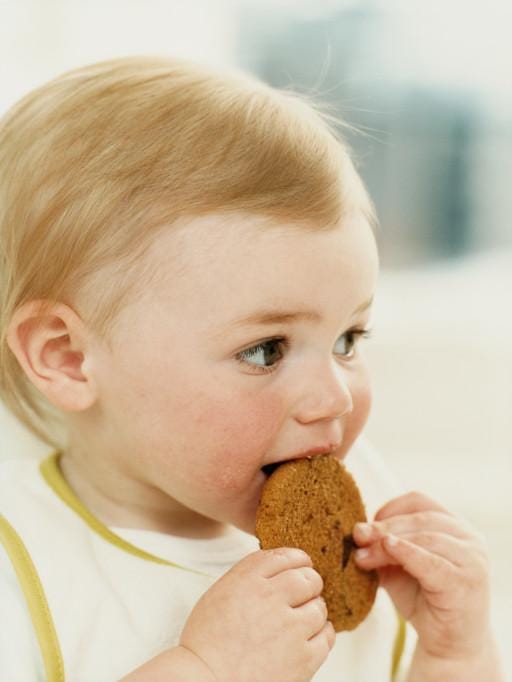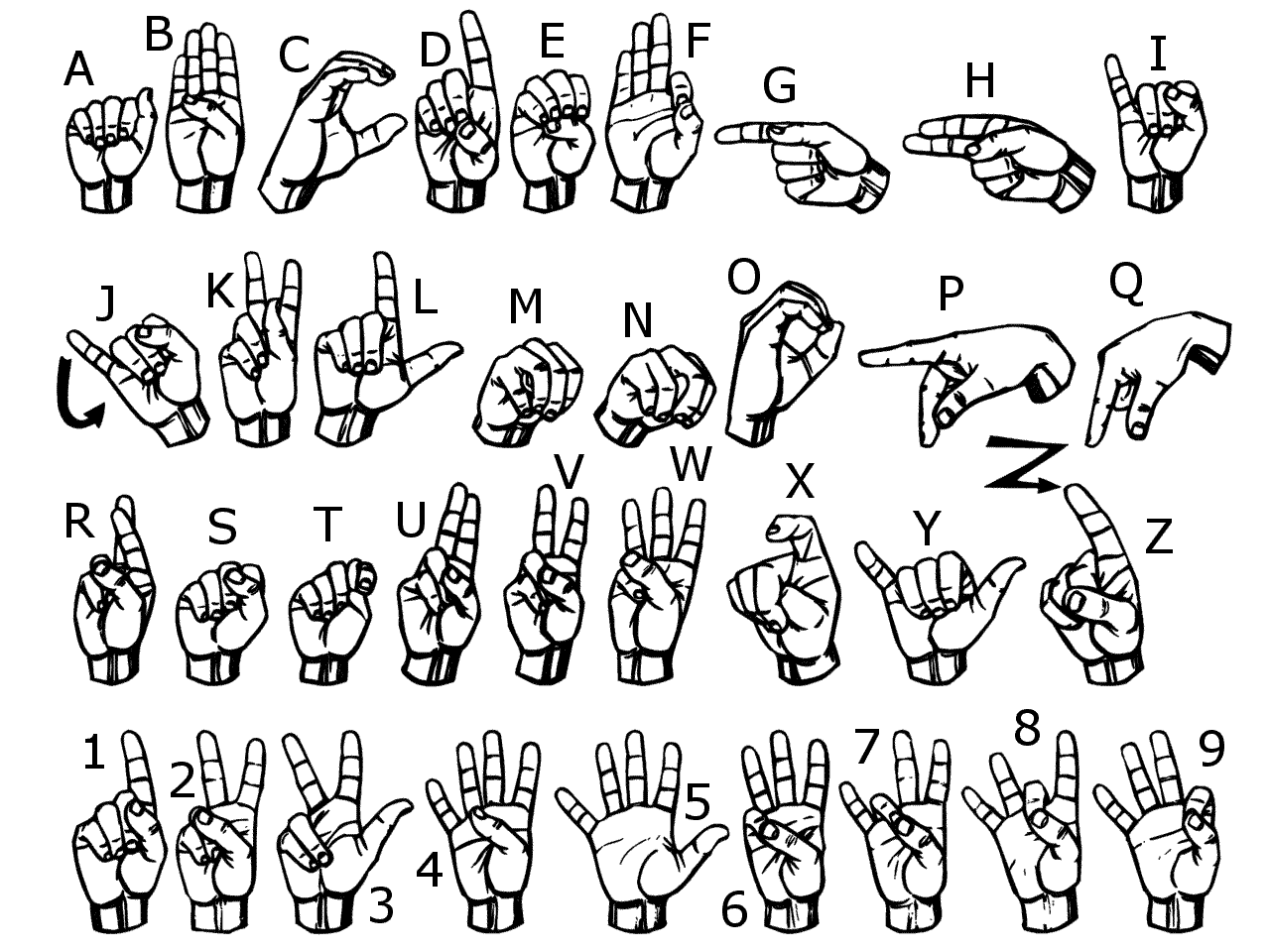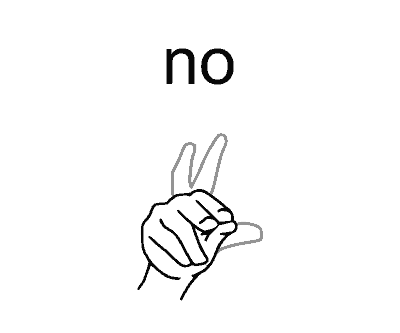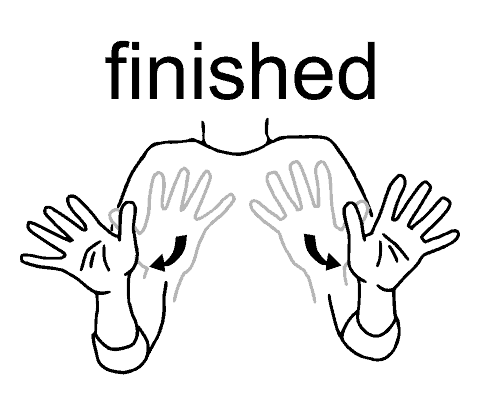Here is the next installment in a series focusing on language delays in children ages 6 months to 3 years of age. In this second segment in the series, babies ages 13-18 months are addressed.
Increasing Language in An Older Baby
 From ages 13-18 months of age, children, on average, are able to:
From ages 13-18 months of age, children, on average, are able to:
- Use one or more words
- “Know what they mean”
- Demonstrates receptive identification
- Practice inflection for questions
At this age, signs of delay to look for would be:
- Doesn’t point to show things to you
- Doesn’t gain new words
- Doesn’t have at least six words by 18 months
- Loses language skills child once had
 If your child isn’t pointing to show things to you or to get something he wants, there are ways you can work with him to achieve this skill:
If your child isn’t pointing to show things to you or to get something he wants, there are ways you can work with him to achieve this skill:
- When he identifies that he wants something, by grabbing it or reaching for it, put the item right in front of him and hand over hand prompt him to point.
- Physically extend his index finger and teach him to point. Repeat physical prompt many times.
- Give him the item being requested immediately when he points or attempts to point to it.
- Gradually fade out prompts: hold soft on his hand, hold on arm –
- Eventually, only give preferred item when he points independently
 If she doesn’t have at least six words by 18 months, or doesn’t gain new words, first start by teaching receptive language:
If she doesn’t have at least six words by 18 months, or doesn’t gain new words, first start by teaching receptive language:
- When playing with a toy kitchen, put a banana and a cookie in front of your child and say, “Give me the cookie.” (Also use, “Where is the…” “Find the…” Put the …. In the oven.”)
- Start with just a field of two items.
- Do this exercise as much as possible throughout the day with toys, food, or any common object familiar to the child.
 Teaching sign language is another great communication tool to support expressive language development. Sign language definitely does not need to wait until your child is 18 months. You can start as early as you would like – from the moment he has fine motor control over his hands. You can begin with a few signs, such as:
Teaching sign language is another great communication tool to support expressive language development. Sign language definitely does not need to wait until your child is 18 months. You can start as early as you would like – from the moment he has fine motor control over his hands. You can begin with a few signs, such as:






 When you “know” what your child wants, model the sign for him and physically prompt his hands to make the sign. Also, verbally say the word while you are signing. Gradually fade your prompts by moving your hands farther back on his arms and give him the item/activity being requested when he does the sign. Initially, of course, he will need full physical assistance, and you should give him the item right away after you physically prompt the sign. As he gets more familiar with the signs, and is able to do it on his own, do not give the item until he does the sign.
When you “know” what your child wants, model the sign for him and physically prompt his hands to make the sign. Also, verbally say the word while you are signing. Gradually fade your prompts by moving your hands farther back on his arms and give him the item/activity being requested when he does the sign. Initially, of course, he will need full physical assistance, and you should give him the item right away after you physically prompt the sign. As he gets more familiar with the signs, and is able to do it on his own, do not give the item until he does the sign.
The next segment in this series on language development will focus on the child between the ages of 19 to 24 Months.

